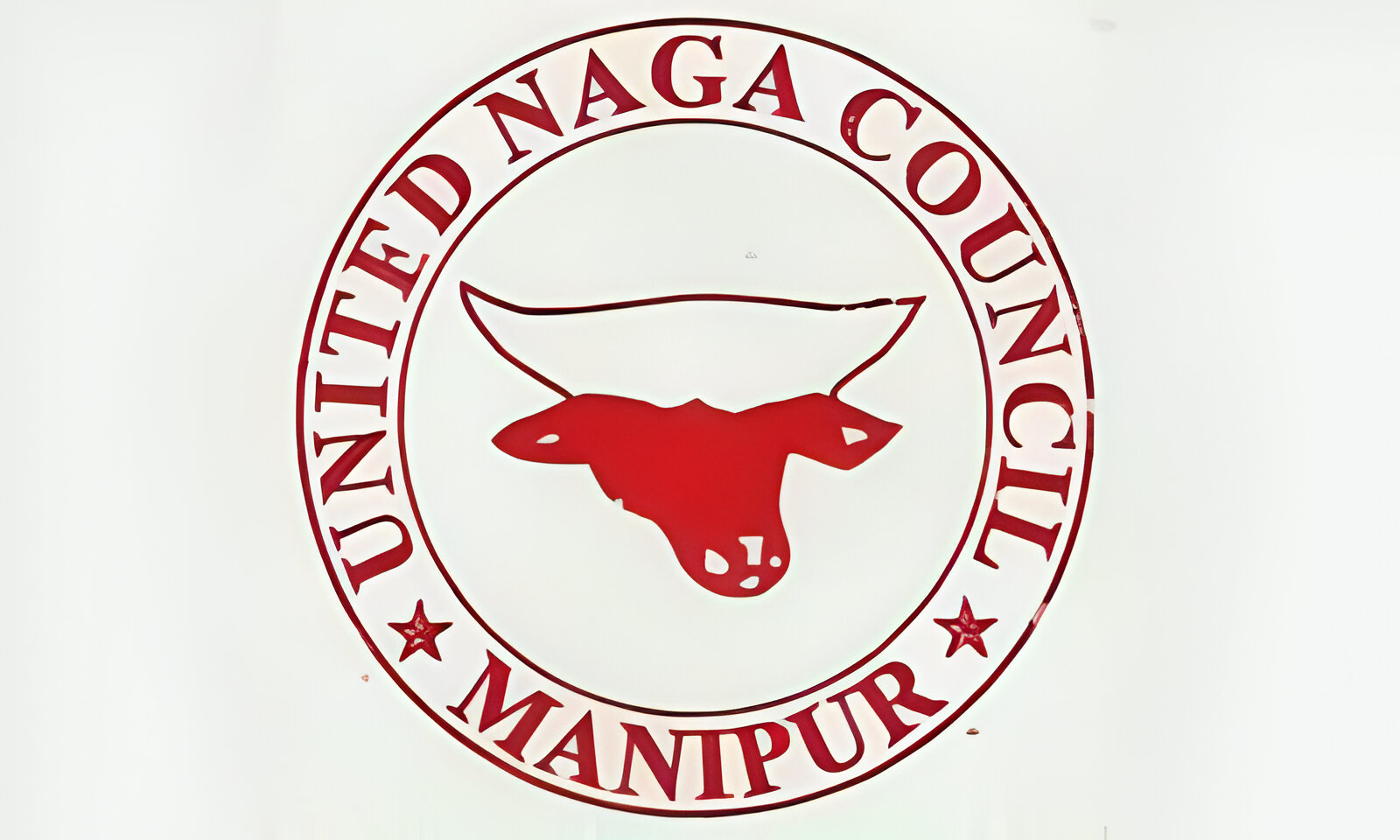Naga Council Urges Manipur Governor to Reinstate Free Movement Regime and Halt Border Fencing with Myanmar
News Summary
The United Naga Council (UNC), the apex Naga body in the region, has urged Manipur Governor Ajay Kumar Bhalla to reinstate the Free Movement Regime (FMR) along the Indo-Myanmar border and halt the construction of border fencing and walls. A UNC delegation, led by President NG Lorho and General Secretary Vareiyo Shatsang, met the Governor at Raj Bhavan in Imphal and submitted a memorandum outlining their concerns. The memorandum called for urgent action on two key issues: the reinstatement of the FMR and the rollback of newly created districts in Manipur that affect the Naga population. The UNC expressed that the abrupt termination of the FMR and the ongoing construction of the Indo-Myanmar border fence have severed familial, spiritual, and economic ties integral to their existence. They also highlighted environmental concerns, claiming the fencing project violates international conventions on migratory species and disrupts critical ecological corridors. Construction along the 398-km Manipur-Myanmar border is currently underway, with approximately 10 km already completed. The central government scrapped the FMR in February 2024, which previously allowed border tribes to travel up to 16 km on either side without a visa for up to 72 hours, provided they held valid permits issued by designated authorities.
Understanding the Free Movement Regime (FMR)
The Free Movement Regime (FMR) was a bilateral agreement between India and Myanmar, allowing tribal communities residing along the border to travel up to 16 km into each other’s territories without a visa for a period of 72 hours. This arrangement acknowledged the unique cultural and familial ties that transcend the international boundary, facilitating social, economic, and spiritual interactions among the border communities.
Implications of Scrapping the FMR
The termination of the FMR in February 2024 has had profound effects on the border communities:
- Disruption of Daily Life: Communities that once moved freely for trade, education, and familial visits now face restrictions, leading to economic hardships and social isolation.
- Cultural Erosion: The inability to participate in cross-border festivals and rituals threatens the preservation of shared cultural heritage.
- Humanitarian Concerns: Restricted access to healthcare and education facilities across the border has raised humanitarian issues, particularly in remote areas where such services are scarce.
Controversy Surrounding the Border Fencing
The construction of a border fence along the Indo-Myanmar boundary has sparked significant controversy:
- Division of Communities: The fence threatens to bisect villages, such as Longwa, where homes and community structures straddle the border, effectively dividing families and communities.
- Environmental Impact: The UNC has raised concerns that the fencing disrupts migratory routes of wildlife and violates international environmental conventions.
- Legal and Ethical Issues: There are arguments that the fencing infringes upon the rights of indigenous peoples as outlined in the U.N. Declaration on the Rights of Indigenous Peoples, which emphasizes the importance of preserving the integrity of indigenous communities and their traditional lands.
Voices from the Community
Community leaders and residents have expressed their distress over these developments:
- Cultural Identity at Risk: “The abrupt termination of the Free Movement Regime and the ongoing construction of the Indo-Myanmar border fence have severed familial, spiritual, and economic ties that are integral to our existence,” stated the UNC in their memorandum.
- Call for Dialogue: The UNC and other community leaders are urging the government to engage in meaningful dialogue to address these concerns and find solutions that respect the rights and traditions of the border communities
Conclusion
The UNC’s appeal to reinstate the FMR and halt the border fencing underscores the complex interplay between national security and the rights of indigenous communities. Balancing these interests requires a nuanced approach that considers the historical, cultural, and humanitarian aspects of the border regions. Engaging with community leaders and incorporating their perspectives into policy decisions is crucial in fostering trust and ensuring the well-being of these communities.
❓ FAQs
Q1: What was the purpose of the Free Movement Regime (FMR)?
A1: The FMR allowed tribal communities along the India-Myanmar border to travel up to 16 km into each other’s territories without a visa for 72 hours, facilitating cultural, social, and economic interactions.NorthEast Now+1Wikipedia+1
Q2: Why was the FMR scrapped?
A2: The Indian government terminated the FMR in February 2024, citing concerns over internal security and the need to maintain the demographic structure of the northeastern states.AP News+1Wikipedia+1
Q3: What are the main concerns regarding the border fencing?
A3: The fencing threatens to divide communities, disrupt cultural and familial ties, impact the environment, and infringe upon the rights of indigenous peoples.
Q4: How has the community responded to these developments?
A4: Community leaders, including the UNC, have submitted memorandums to government officials, expressing their concerns and urging for the reinstatement of the FMR and a halt to the border fencing.
Q5: What steps can be taken to address these issues?
A5: Engaging in open dialogue with community leaders, conducting impact assessments, and exploring alternative security measures that respect the rights and traditions of border communities are essential steps forward.




